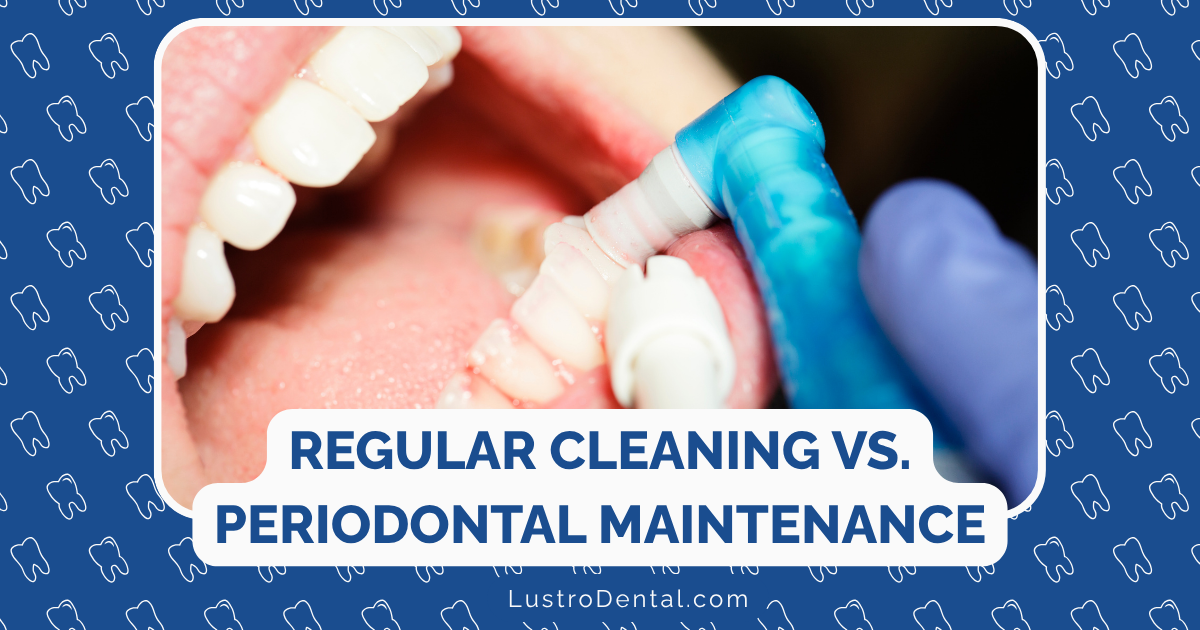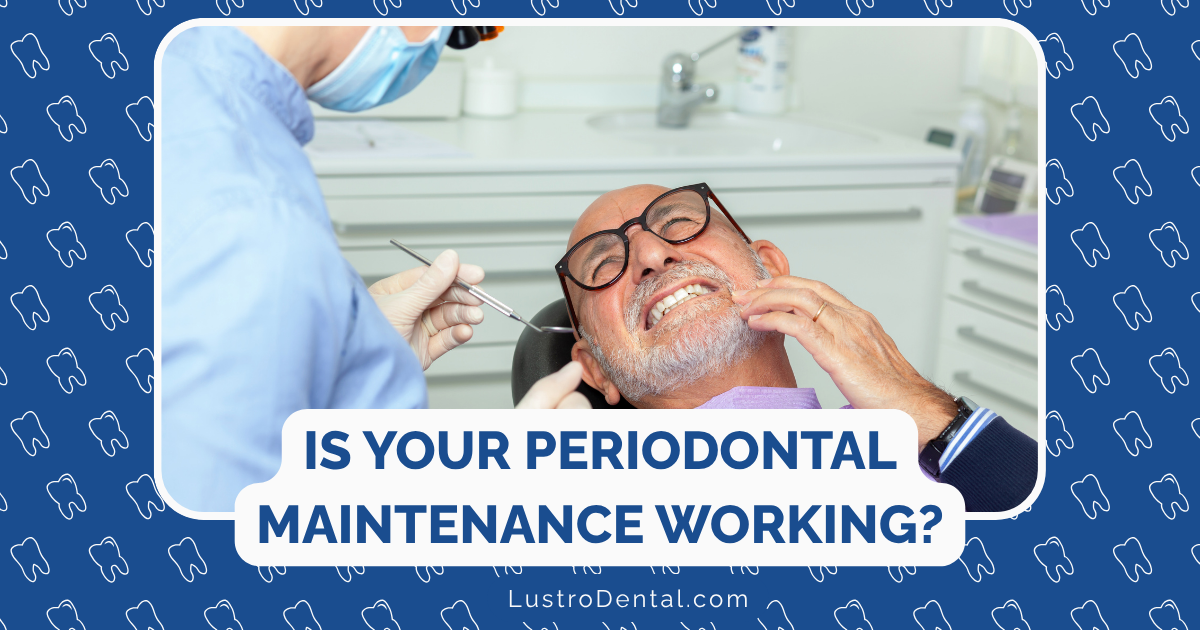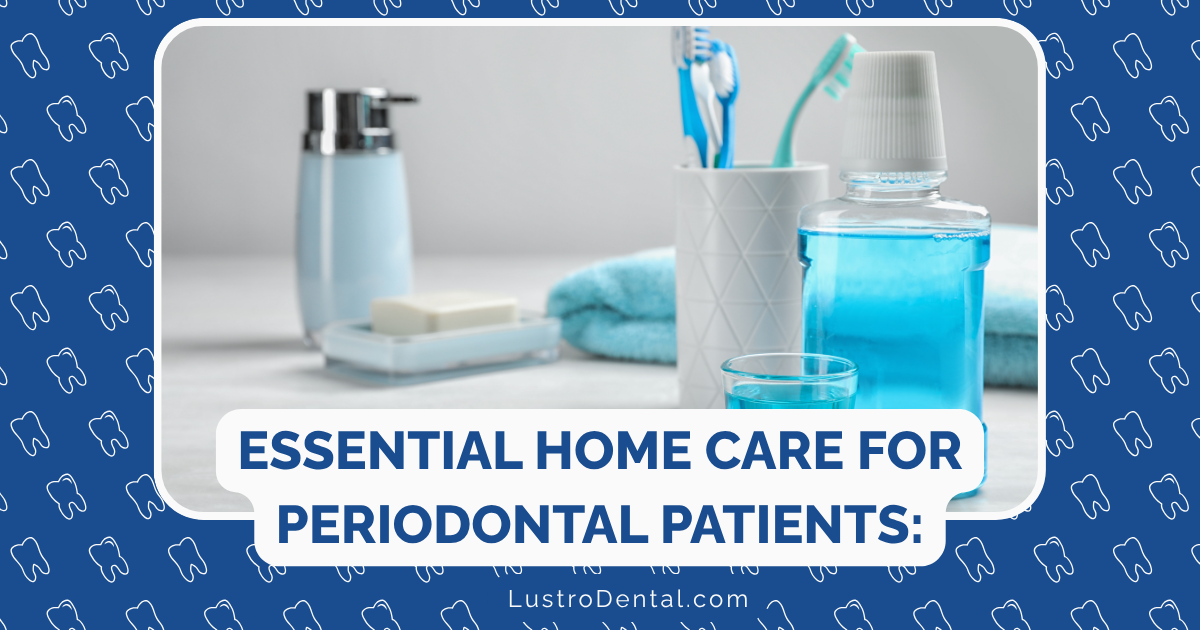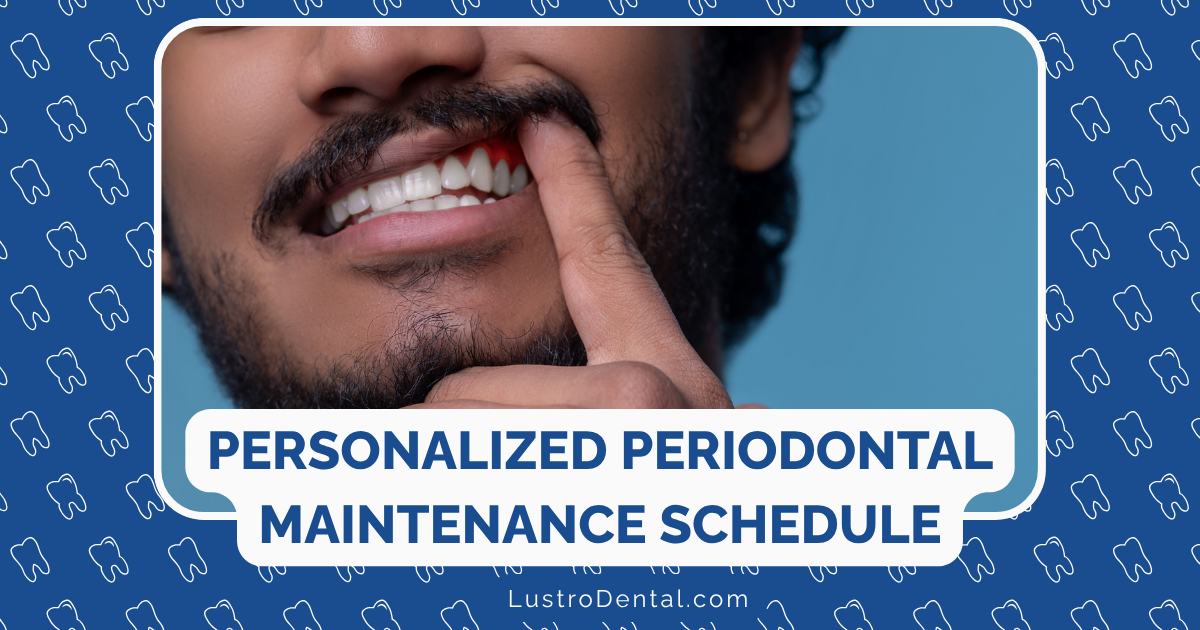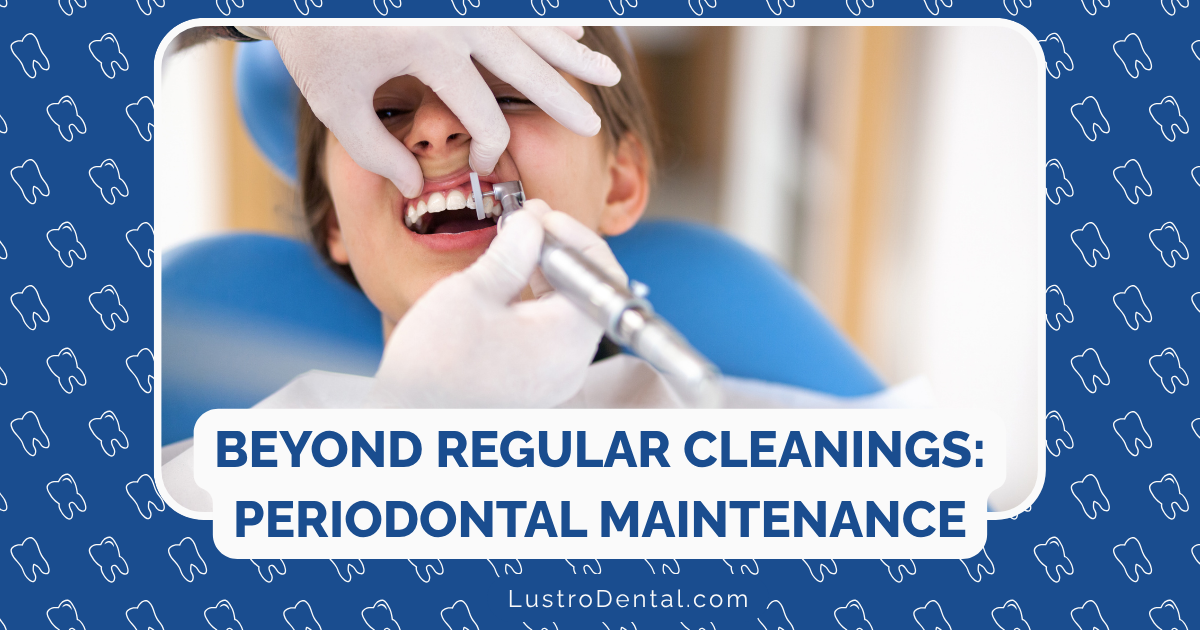Rebuilding After Periodontitis: Tissue Regeneration Techniques Explained
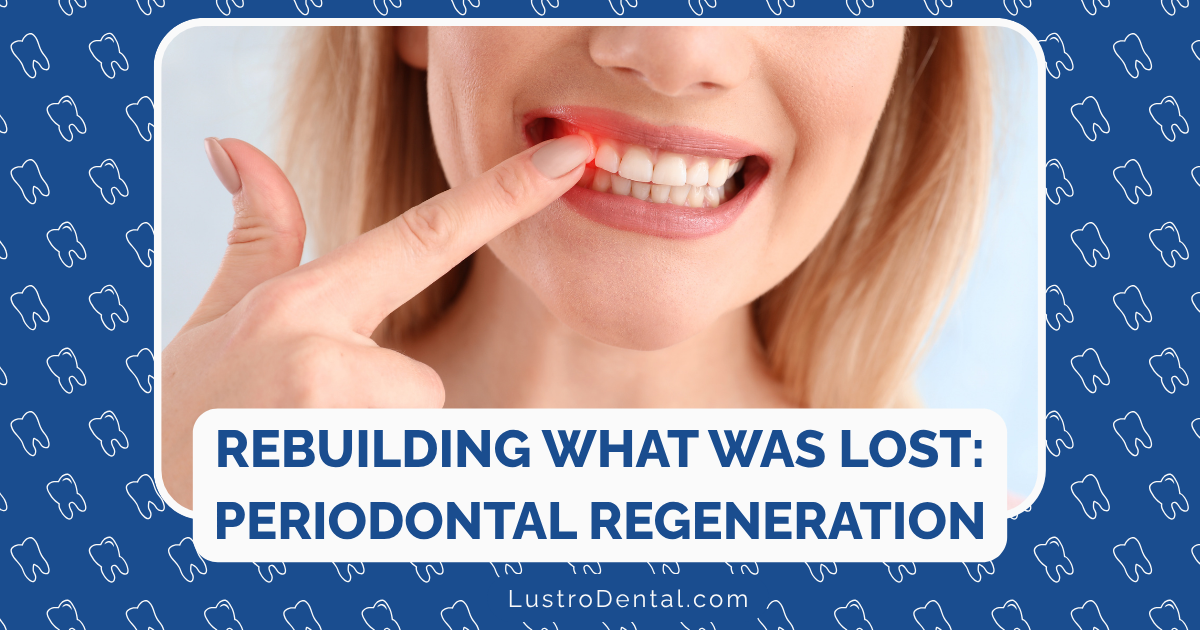
Periodontitis doesn’t just affect your gums—it systematically destroys the entire supporting structure of your teeth, including the periodontal ligament, cementum, and alveolar bone. For decades, the conventional wisdom was that once these tissues were lost, they were gone forever. The best patients could hope for was to halt the progression of disease and maintain what remained.
Today, that narrative has fundamentally changed. Modern periodontal regenerative techniques don’t just stop the disease—they can actually reverse much of the damage, rebuilding the complex architecture that supports your teeth.
As someone who’s dedicated years to dental health education, I’m excited to share these remarkable advances that are giving patients new hope. This comprehensive guide will explore the cutting-edge techniques that are transforming periodontal treatment outcomes and helping patients keep their natural teeth for decades longer than previously possible.
Understanding Periodontal Tissue Loss: What Are We Rebuilding?
Before diving into regenerative techniques, it’s important to understand exactly what tissues are damaged by periodontitis and need to be regenerated:
1. Periodontal Ligament (PDL)
This specialized connective tissue consists of thousands of collagen fibers that connect your tooth to the surrounding bone. The PDL acts as a shock absorber during chewing and provides sensory feedback. In periodontitis, these fibers are destroyed, leading to tooth mobility.
2. Cementum
This mineralized layer covers the tooth root and serves as the attachment point for periodontal ligament fibers. Periodontitis can cause cementum destruction, making reattachment of the periodontal ligament impossible without regeneration.
3. Alveolar Bone
This is the bone that forms the socket around your tooth. Periodontitis progressively destroys this bone, creating “pockets” around the teeth and eventually leading to tooth loss if untreated.
4. Gingival Tissue
While not strictly part of the attachment apparatus, healthy gingival (gum) tissue creates a seal around the tooth that prevents bacteria from accessing deeper structures.
Dr. Sarah Chen, Director of Periodontal Research at the University of California, explains: “True periodontal regeneration means recreating all of these tissues in their proper architectural relationship. It’s not enough to just grow bone—we need the periodontal ligament to reattach to both the bone and the cementum in a functional way.”
The Biological Basis of Periodontal Regeneration
Successful periodontal regeneration relies on four fundamental biological principles, according to research published in the Journal of Clinical Periodontology:
- Primary wound closure to protect the wound from bacterial contamination
- Angiogenesis to provide necessary blood supply and nutrients
- Space maintenance to create room for the new tissues to grow
- Wound stability to prevent disruption of the healing process
With these principles in mind, let’s explore the major techniques being used to regenerate periodontal tissues.
Guided Tissue Regeneration (GTR): Creating Space for Healing
Guided Tissue Regeneration represents one of the earliest and still most widely used approaches to periodontal regeneration.
How GTR Works
The fundamental concept behind GTR is elegantly simple: different tissues grow at different rates. Gum tissue grows much faster than bone, cementum, and periodontal ligament. Without intervention, the gum tissue will fill in the defect first, preventing the slower-growing periodontal tissues from regenerating.
GTR uses a barrier membrane to temporarily separate the gum tissue from the root surface and bone defect, creating a protected space where the slower-growing periodontal tissues can regenerate.
Dr. Robert Williams, periodontist at Northwestern University, explains: “Think of the membrane as creating a private room where only the cells we want—those that can form new bone, cementum, and periodontal ligament—are invited. The fast-growing epithelial cells are kept out until the regeneration is well underway.”
Types of GTR Membranes
According to a 2024 review in the Journal of Biomaterials, GTR membranes fall into two main categories:
1. Non-Resorbable Membranes
- Examples: Expanded polytetrafluoroethylene (e-PTFE), titanium-reinforced PTFE
- Advantages: Excellent space maintenance, predictable barrier function
- Disadvantages: Requires a second surgery for removal, increased risk of exposure
2. Resorbable Membranes
- Examples: Collagen, polylactic acid, polyglycolic acid
- Advantages: No second surgery needed, better tissue integration
- Disadvantages: Less predictable degradation time, variable space maintenance
Clinical Outcomes of GTR
A systematic review by Nibali et al. referenced in the Journal of Periodontology found that the survival rates of molars with furcation involvement treated with GTR ranged from 83.3% to 100% over a follow-up period of 5 to 12 years—impressive results for teeth that might otherwise have been extracted.
Bone Grafting Materials: Building the Foundation
While GTR creates the space for regeneration, bone grafting materials provide the scaffold and sometimes the biological signals needed for new bone formation.
Types of Bone Grafts
1. Autografts (Your Own Bone)
- Source: Typically harvested from the jaw, chin, or hip
- Advantages: Contains living cells (osteogenic), growth factors (osteoinductive), and provides a scaffold (osteoconductive)
- Disadvantages: Limited availability, requires a second surgical site, donor site morbidity
2. Allografts (Human Donor Bone)
- Examples: Freeze-dried bone allograft (FDBA), demineralized freeze-dried bone allograft (DFDBA)
- Advantages: No second surgical site, available in various forms, contains some growth factors
- Disadvantages: Potential for disease transmission (though extremely rare with modern processing), variable quality
3. Xenografts (Animal-Derived)
- Examples: Bovine-derived mineral, porcine-derived collagen
- Advantages: Excellent scaffold properties, slow resorption rate for space maintenance
- Disadvantages: Some patients have religious or ethical concerns, potential for immune response
4. Alloplasts (Synthetic Materials)
- Examples: Hydroxyapatite, beta-tricalcium phosphate, bioactive glass
- Advantages: No risk of disease transmission, consistent quality, unlimited supply
- Disadvantages: Primarily osteoconductive only, variable resorption rates
Combined Approaches
Modern periodontal regeneration often combines multiple graft materials to leverage their complementary properties. For instance, a slowly resorbing xenograft might be mixed with a more bioactive allograft to provide both immediate growth factor release and long-term space maintenance.
A 2025 study in the Journal of Pharmaceutical and Biomedical Sciences found that using deproteinized bovine bone mineral (DBBM) with either 10% collagen or a collagen membrane resulted in significant bone gain (around 5mm) and a 92.33% 5-year survival rate for treated teeth.
Growth Factors and Biologics: Signaling for Regeneration
While membranes and grafts provide the space and scaffold for regeneration, growth factors and biologic agents provide the signals that stimulate and guide the regenerative process.
Enamel Matrix Derivative (EMD)
EMD (commercially available as Emdogain®) contains proteins derived from developing pig tooth buds that mimic the natural proteins involved in tooth development.
- Mechanism: EMD proteins stimulate the cells that form cementum, periodontal ligament, and bone
- Clinical applications: Often used in combination with flap surgery for intrabony defects
- Outcomes: Studies show an average of 1.1mm more clinical attachment gain compared to flap surgery alone
Dr. Lisa Johnson, periodontist at Boston University, notes: “EMD essentially recreates the developmental environment that existed when your teeth were first forming. It’s like turning back the biological clock to allow the tissues to redevelop in their natural sequence.”
Platelet-Rich Fibrin (PRF) and Platelet-Rich Plasma (PRP)
These autologous (from the patient’s own blood) preparations concentrate platelets and the growth factors they contain.
Platelet-Rich Fibrin (PRF)
According to a 2024 review in the International Journal of Biomaterials, PRF offers several advantages:
- Preparation: Simple centrifugation of the patient’s blood without additives
- Form: Creates a fibrin matrix rich in platelets, leukocytes, and growth factors
- Release kinetics: Slow, sustained release of growth factors over 7-14 days
- Clinical applications: Can be used as a membrane, mixed with graft materials, or in injectable form
Advanced PRF (A-PRF) protocols use lower centrifugation speeds to preserve more white blood cells and growth factors, potentially enhancing regenerative outcomes.
Platelet-Rich Plasma (PRP)
- Preparation: Requires anticoagulants and a two-step centrifugation process
- Form: Liquid concentrate of platelets
- Release kinetics: More immediate release of growth factors
- Clinical applications: Often mixed with graft materials
Recombinant Human Growth Factors
These are laboratory-produced versions of natural human growth factors:
- Recombinant human Platelet-Derived Growth Factor (rhPDGF): Commercially available as GEM 21S®, stimulates cell migration, proliferation, and angiogenesis
- Recombinant human Bone Morphogenetic Protein-2 (rhBMP-2): Potent stimulator of bone formation, though currently FDA-approved only for certain dental implant applications
A limitation noted in a 2025 Science Direct review is that these recombinant factors often require high doses, raising cost and safety concerns.
Stem Cell-Based Approaches: The Frontier of Regeneration
Perhaps the most exciting frontier in periodontal regeneration involves stem cells—undifferentiated cells that can develop into various specialized cell types.
Sources of Stem Cells for Periodontal Regeneration
According to a comprehensive 2024 review in PMC, several types of stem cells show promise for periodontal regeneration:
1. Periodontal Ligament Stem Cells (PDLSCs)
- Source: Extracted teeth, particularly wisdom teeth
- Advantages: Naturally predisposed to form periodontal tissues
- Challenges: Limited availability, requires tooth extraction
2. Dental Pulp Stem Cells (DPSCs)
- Source: Pulp chamber of extracted teeth
- Advantages: Relatively accessible, high proliferative capacity
- Challenges: May require directional differentiation for periodontal applications
3. Gingival Mesenchymal Stem Cells (GMSCs)
- Source: Gingival tissue
- Advantages: Easily accessible, excellent immunomodulatory properties
- Challenges: May have limited capacity for hard tissue formation
4. Bone Marrow Mesenchymal Stem Cells (BMMSCs)
- Source: Usually from the iliac crest
- Advantages: Well-studied, strong regenerative capacity
- Challenges: More invasive harvesting, may not be ideally suited for periodontal regeneration
5. Adipose-Derived Mesenchymal Stem Cells (ADMSCs)
- Source: Liposuction aspirates
- Advantages: Abundant source, minimally invasive harvesting
- Challenges: May require specific conditioning for periodontal applications
Clinical Applications of Stem Cells
A 2025 clinical trial published in Nature Scientific Reports demonstrated that the transplantation of adipose-derived mesenchymal stem cells (ADMSCs) showed promising results for periodontal regeneration, though the field is still largely in the experimental stage.
Dr. Michael Rodriguez, stem cell researcher at Harvard School of Dental Medicine, explains: “The real power of stem cell approaches is their ability to not just provide a physical scaffold, but to actively participate in and orchestrate the regenerative process. They can respond to the local environment, secrete appropriate factors, and even differentiate into the needed cell types.”
Advanced Surgical Techniques: Precision Matters
The success of regenerative procedures depends not just on the materials used, but on the surgical technique employed. Recent advances have focused on minimally invasive approaches that maximize wound stability and primary closure.
Minimally Invasive Surgical Technique (MIST)
Developed by Cortellini and Tonetti, MIST uses small incisions and specialized instruments to access periodontal defects while minimizing trauma to the surrounding tissues.
According to a 2025 Springer review, the modified minimally invasive surgical technique (m-MIST) with papilla preservation flaps achieves primary closure rates of 95% when combined with enamel matrix derivatives.
Microsurgical Approaches
Using operating microscopes and microsurgical instruments allows for:
- More precise incisions
- Less traumatic tissue handling
- Better visualization of the defect
- More accurate placement of regenerative materials
- Finer suturing techniques for primary closure
These approaches have significantly improved outcomes by enhancing wound stability and reducing the incidence of membrane exposure—a common complication that can compromise regenerative results.
Combination Therapies: The Power of Integration
Modern periodontal regeneration rarely relies on a single technique or material. Instead, combination approaches leverage the strengths of multiple modalities.
Common Combinations
1. GTR + Bone Graft
This classic combination provides both the scaffold (bone graft) and the protected space (membrane) needed for optimal regeneration.
2. EMD + Bone Graft
Combining the signaling properties of EMD with the structural support of a bone graft has shown synergistic effects in multiple studies.
3. PRF + Bone Graft
The growth factors in PRF can enhance the regenerative potential of bone graft materials, while the fibrin network improves handling properties and stabilizes the graft.
4. Stem Cells + Scaffold + Growth Factors
This triad—often referred to as the tissue engineering triad—combines cells, scaffolds, and signals for comprehensive regeneration.
A 2025 study in Nature demonstrated that combination therapies tailored to specific defect morphologies yield the best outcomes, with contained defects (those surrounded by bony walls) showing more predictable results than non-contained defects.
Patient Selection and Case Assessment: Keys to Success
Not all periodontal defects are equally amenable to regenerative approaches. Careful case selection is critical for predictable outcomes.
Favorable Factors for Regeneration
- Defect morphology: Deep, narrow, contained defects (3-wall defects) have the best regenerative potential
- Patient factors: Non-smokers with good plaque control and no uncontrolled systemic diseases
- Tooth factors: Adequate remaining support, strategic importance, good endodontic status
Comprehensive Assessment
Before undertaking regenerative procedures, a thorough assessment should include:
- Detailed periodontal charting
- Radiographic evaluation (including CBCT for complex cases)
- Assessment of occlusal forces
- Evaluation of systemic health factors
- Determination of the patient’s ability to maintain optimal oral hygiene
Dr. Jennifer Lee, Clinical Professor of Periodontology at UCLA, emphasizes: “Regenerative procedures are technique-sensitive and patient-sensitive. The most advanced materials won’t compensate for poor case selection or inadequate home care. The biological principles must be respected.”
Real-World Outcomes: What Can Patients Expect?
While laboratory studies and controlled clinical trials provide valuable data, what matters most to patients is real-world outcomes. What can you realistically expect from periodontal regeneration?
Clinical Attachment Gain
A 10-year randomized controlled trial cited in the Journal of Periodontology found that periodontal regeneration achieved:
- Attachment gain of 7.3 ± 2.3 mm
- Maintained probing depths of 3.4 ± 0.8 mm
- 88% survival rate at 10 years
Bone Fill
The 2025 JPBS study reported radiographic bone gain of approximately 5mm using modern bone graft materials, representing substantial reconstruction of lost alveolar bone.
Long-Term Tooth Retention
Perhaps most importantly, a 30-year study published in PMC found that the majority of patients with stages III and IV periodontitis (the most severe forms) could be successfully treated with conventional periodontal treatment, including regenerative approaches when indicated. Among 103 patients followed for 30 years, most were classified as “low-loss” patients, losing only 1.05 teeth on average.
Patient Satisfaction
Beyond the clinical metrics, patients report high satisfaction with regenerative procedures due to:
- Reduced sensitivity
- Improved aesthetics (less recession)
- Greater confidence in their dental future
- Preservation of natural dentition
Post-Treatment Care: Maintaining Regenerative Outcomes
The success of periodontal regeneration doesn’t end with surgery. Long-term outcomes depend heavily on post-treatment care and maintenance.
Immediate Post-Operative Care
- Antimicrobial mouth rinse: Typically 0.12% chlorhexidine for 2-4 weeks
- Antibiotic therapy: Often prescribed for 7-10 days
- Gentle oral hygiene: Modified techniques to avoid disrupting the healing site
- Dietary modifications: Soft diet, avoiding the surgical area
Long-Term Maintenance
The JPBS study emphasized that “strict supportive periodontal therapy and oral hygiene are crucial for maintaining successful results in periodontal regeneration.”
This typically includes:
- More frequent professional cleanings (every 3 months is common)
- Meticulous home care with appropriate tools
- Regular reassessment of regenerated sites
- Prompt intervention if signs of recurrent disease appear
Dr. Robert Chen, Director of the Periodontal Maintenance Program at University of Pennsylvania, notes: “Regeneration gives us a second chance, but it doesn’t make the teeth immune to future disease. The biology that made the patient susceptible to periodontitis in the first place hasn’t changed, so ongoing maintenance is absolutely critical.”
The Future of Periodontal Regeneration
The field continues to evolve rapidly, with several exciting developments on the horizon:
3D Bioprinting
This technology allows for the precise deposition of cells, growth factors, and scaffold materials in complex, customized structures that mimic natural periodontal architecture.
Gene Therapy
Delivering genes that encode for growth factors or anti-inflammatory molecules directly to periodontal tissues could provide more sustained and physiological regenerative signals.
“Developmental Engineering”
A concept highlighted in a 2025 Science Direct review, this approach aims to recapitulate the developmental processes that formed the periodontal tissues originally, potentially allowing more complete and functional regeneration.
Immunomodulatory Approaches
Rather than focusing solely on growth factors, emerging strategies target the immune response to create an environment more conducive to regeneration rather than inflammation.
Conclusion: A New Era in Periodontal Therapy
The evolution of periodontal regenerative techniques represents one of the most significant advances in dentistry over the past few decades. What was once considered impossible—the regrowth of lost periodontal tissues—is now a clinical reality for many patients.
While challenges remain, particularly for complex cases and non-contained defects, the combination of advanced surgical techniques, innovative biomaterials, growth factors, and emerging stem cell therapies offers unprecedented opportunities to rebuild what periodontitis has destroyed.
For patients facing the prospect of tooth loss due to periodontal disease, these regenerative approaches offer hope—not just for keeping their teeth, but for restoring them to health with a strong foundation that can last for decades.
As Dr. Sarah Chen summarizes: “We’re no longer just managing disease—we’re rebuilding what was lost. That’s a fundamental paradigm shift that has transformed how we approach periodontal therapy and what we can offer our patients.”
If you’re dealing with periodontitis, talk to your periodontist about whether regenerative approaches might be appropriate for your specific situation. The journey to rebuilding periodontal health is complex and highly individualized, but with modern regenerative techniques, the possibility of restoration—not just maintenance—is greater than ever before.


